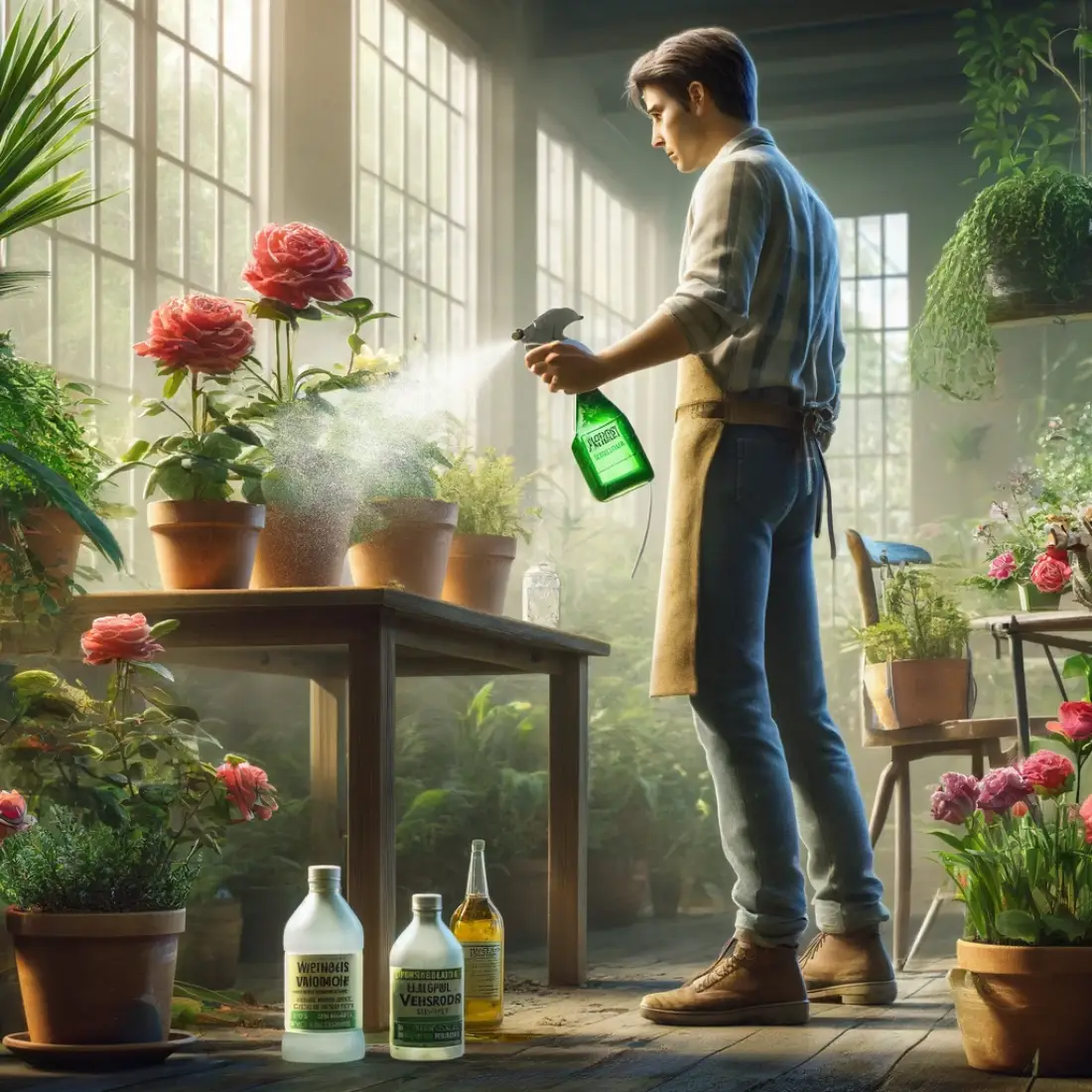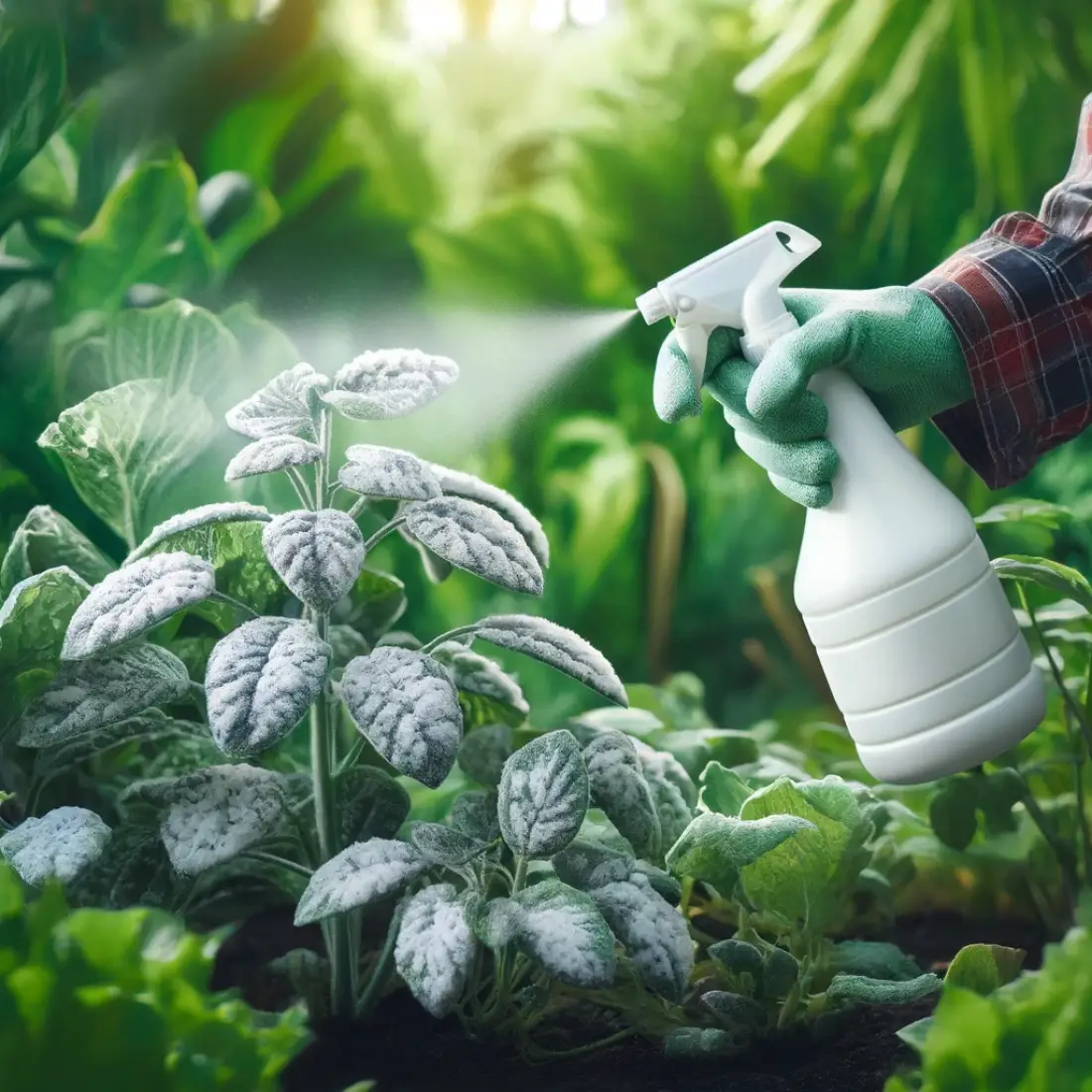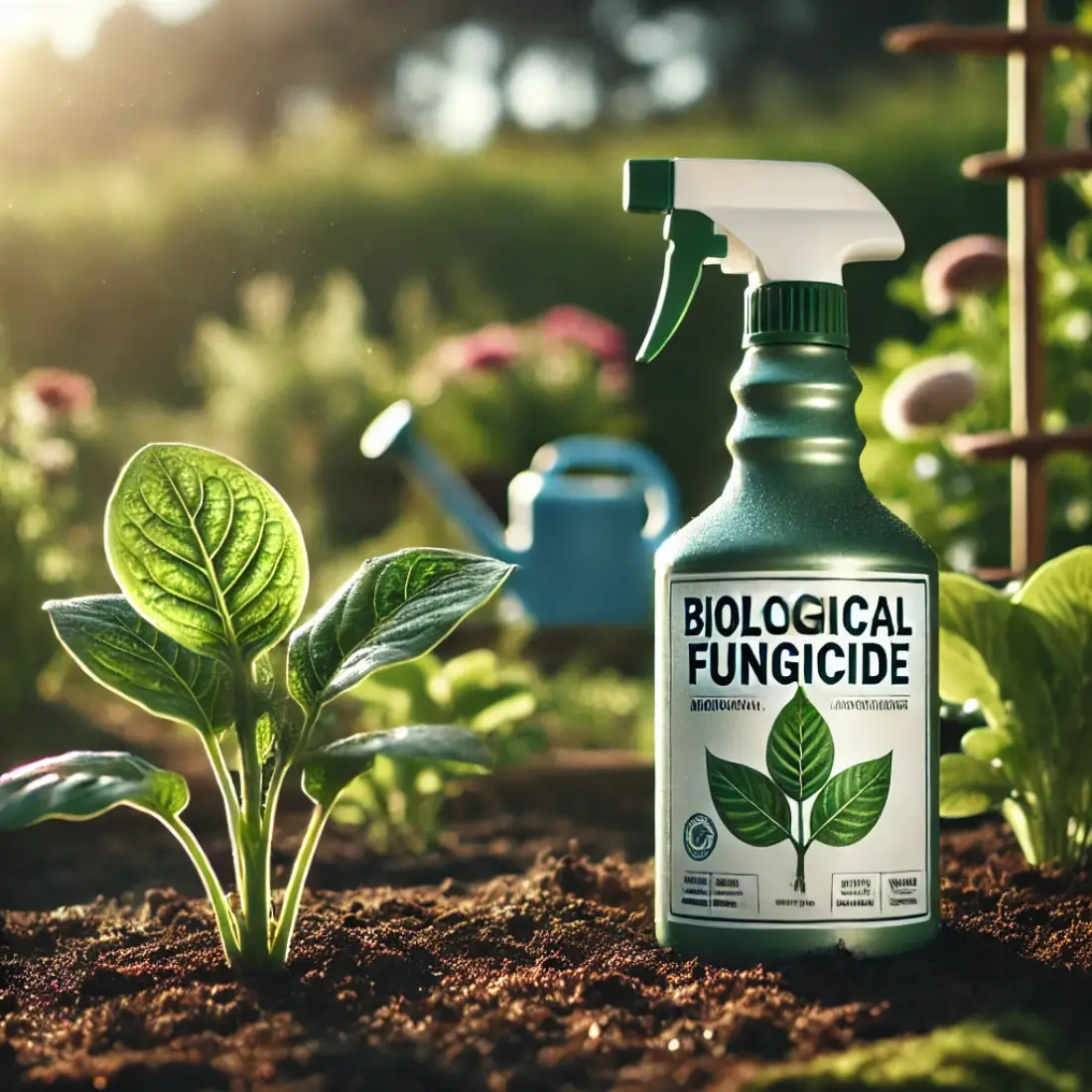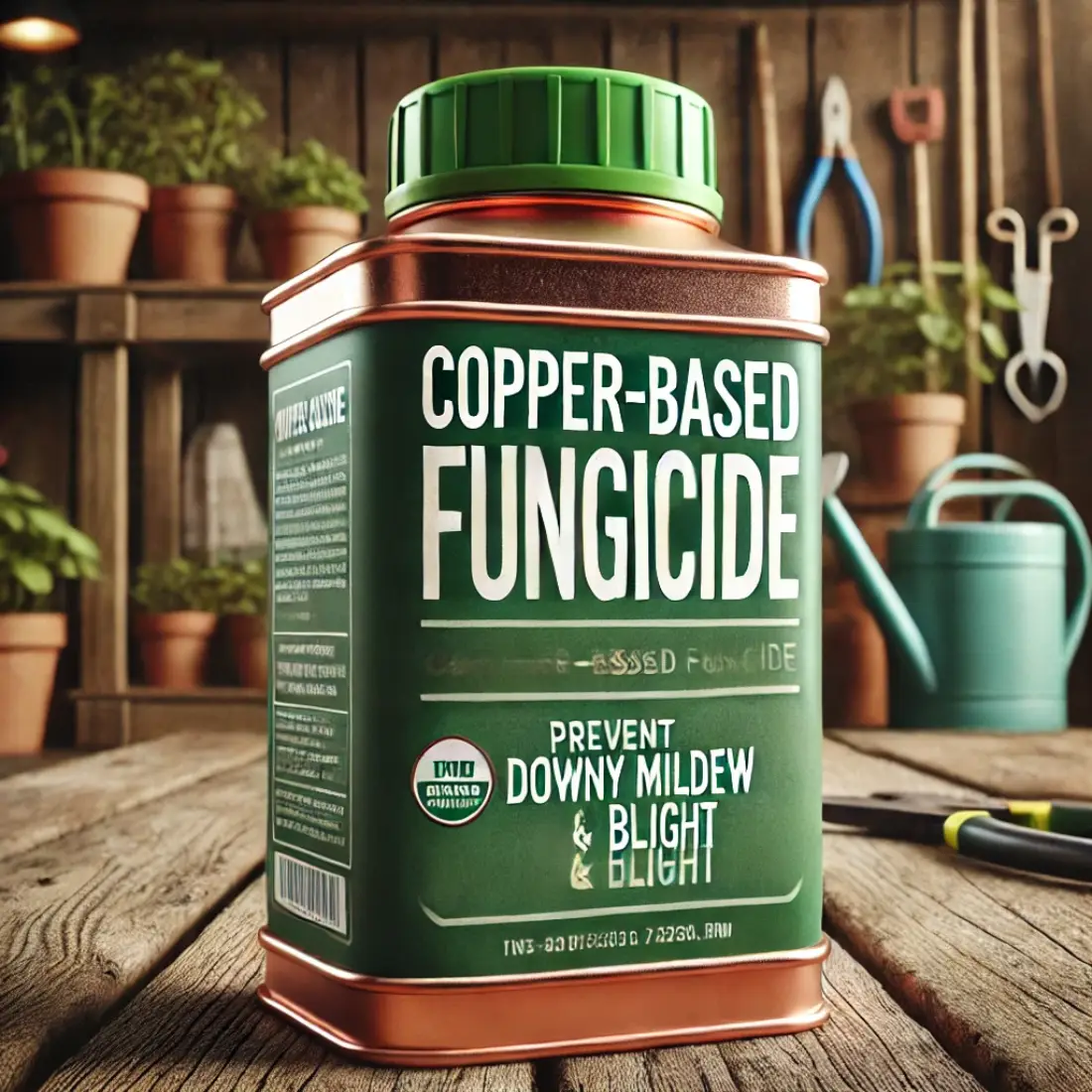In the pursuit of sustainable gardening, organic methods are gaining traction as gardeners and farmers look for eco-friendly ways to combat plant diseases. Among the most effective organic solutions is vinegar fungicide, a natural alternative that aligns with the principles of organic farming. This guide explores how vinegar, a common household item, can be used as a potent fungicide to protect plants without the harmful effects associated with synthetic chemicals.
Why Use Vinegar as a Fungicide?
Vinegar stands out for its affordability, accessibility, and environmental benefits. As a natural antifungal agent, vinegar—comprised mainly of acetic acid and water—provides a simple yet powerful tool to manage fungal diseases that threaten plant health. By incorporating vinegar into your gardening routine, you can reduce your reliance on synthetic fungicides, promoting a healthier garden and environment.
What is Vinegar Fungicide?
Vinegar fungicide refers to a solution made primarily from vinegar that is used to treat fungal diseases in plants. The active ingredient, acetic acid, typically ranges from 4% to 8%, and it works by disrupting the pH balance in fungal cells, inhibiting their growth and often killing them.
Best Types of Vinegar for Fungicide Use
Not all vinegar types are equally effective as fungicides. Here are the most suitable options:
- Apple Cider Vinegar: Known for its slightly higher acetic acid content and additional beneficial compounds, apple cider vinegar can enhance antifungal activity.
- White Vinegar: With up to 5% acetic acid, white vinegar is potent and highly effective against fungal growth, while also being clear, which prevents plant staining.
Plant Diseases Treatable with Vinegar Fungicide
Vinegar fungicide can effectively treat a range of fungal diseases, including:
- Powdery Mildew: Common in many plants, this fungus appears as white, powdery spots on leaves and stems.
- Black Spot: Particularly harmful to roses, black spot presents as dark circular spots on leaves, and vinegar can slow its spread by altering the pH of the leaf surface.
- Downy Mildew: Characterized by yellow or white patches under leaves, vinegar helps control its growth due to its acidic nature.
How to Make and Use Vinegar Fungicide
Creating a vinegar fungicide is simple, but following the right steps is crucial for success:
Ingredients Needed:
- Vinegar (organic apple cider or white vinegar recommended)
- Water
- Spray bottle or garden sprayer
- Gloves for protection
Step-by-Step Recipe:
- Choose the Vinegar: Select the vinegar based on your plant needs. Apple cider vinegar is gentler, making it ideal for sensitive plants, while white vinegar is more effective for tougher fungal issues.
- Dilution Ratios:
- For general use: Mix 1 part vinegar with 3 parts water.
- For preventive measures or sensitive plants: Mix 1 part vinegar with 4 parts water.
- For severe infections: Use a stronger mixture of 1 part vinegar to 2 parts water, but always test on a small area first to prevent plant damage.
- Mixing: Add the measured vinegar to the sprayer, followed by water, and shake well to ensure thorough mixing.
Application Tips:
- Always perform a patch test to check plant sensitivity.
- Apply during cool times of the day (early morning or late afternoon) to avoid potential sun damage.
- Ensure there’s no rain forecast for 24 hours after application to maximize effectiveness.
How Vinegar Fungicide Works
Vinegar’s acetic acid lowers the pH of plant surfaces, creating an inhospitable environment for fungi. It disrupts fungal cell membranes, causing the contents to leak out, effectively killing the pathogens.
Factors Influencing Effectiveness:
- Concentration of Acetic Acid: Stronger vinegar solutions are more effective but can risk plant damage.
- Environmental Conditions: Humidity and temperature can impact vinegar’s effectiveness. For instance, higher humidity encourages fungal growth, requiring more frequent applications.
Safety and Handling
When using vinegar as a fungicide, take precautions to ensure safety:
- Wear gloves to avoid skin irritation.
- Clearly label your solution and store it safely away from children and pets.
- If available, test the solution’s pH to avoid over-acidifying it, as excessive acidity can harm plants.
Limitations of Vinegar Fungicide
While vinegar can manage many fungal infections, it is not a universal remedy. More aggressive or systemic diseases may require alternative treatments, and overuse of vinegar can lead to soil acidification, which can negatively impact beneficial soil organisms and plant health.
Best Practices for Using Vinegar Fungicide
To get the best results from vinegar fungicide, consider the following tips:
- Test Before Use: Always test the solution on a small area of the plant before applying it more widely to avoid damage.
- Optimal Conditions: Apply during cooler parts of the day to prevent leaf burn, and avoid applying before rain to ensure the solution has time to work.
- Combine with Other Organic Methods: Using vinegar alongside other organic practices, such as crop rotation, proper spacing, and composting, enhances its effectiveness. Companion planting can also naturally deter pests and reduce the need for frequent fungicide applications.
Conclusion
Vinegar fungicide offers a cost-effective, natural solution for gardeners aiming to manage fungal diseases sustainably. By selecting the right type of vinegar, using proper dilution ratios, and applying the solution correctly, you can effectively protect your plants from harmful pathogens while promoting a healthier garden ecosystem.
FAQs about Using Vinegar as a Fungicide
What type of vinegar is best for fungicide use?
Apple cider vinegar and white vinegar are most commonly recommended due to their higher acetic acid content, which is crucial for effective fungal control.
How do I prepare a vinegar fungicide solution?
Mix 1 part vinegar with 3 parts water as a standard dilution. Adjust the concentration based on the severity of the fungal infection and the sensitivity of the plant.
Can vinegar fungicide be used on all plants?
While vinegar fungicide can be used on many plants, it’s important to test it on a small area first, as some plants may be sensitive to the acidity.
How often should I apply vinegar fungicide to my plants?
Start with applications once a week, and adjust based on the response of the plants and the progression of the fungal disease.
What are the signs of overuse of vinegar on plants?
Signs include yellowing leaves, brown leaf tips, and generally weakened plant conditions due to acidity stress.
Is vinegar fungicide safe to use around pets and children?
Yes, when used as directed, vinegar fungicide is safe around pets and children. However, the solution should still be stored out of reach to avoid accidental ingestion.
Can I mix vinegar fungicide with other natural remedies for enhanced effect?
It’s not recommended to mix vinegar with other solutions unless guided by specific expert advice, as chemical interactions can occur.
How does weather affect the application of vinegar fungicide?
Avoid applying vinegar fungicide during hot, sunny weather as it may lead to leaf burn. Apply in cooler parts of the day like early morning or late evening.
Will vinegar fungicide cure deep-rooted fungal infections?
Vinegar is more effective for surface-level fungal issues and prevention; deep-rooted or systemic issues may require more targeted fungal treatments.
How should I store leftover vinegar fungicide solution?
Store the mixed solution in a cool, dark place and label it clearly. It’s best used within a few days as its efficacy can diminish over time.










